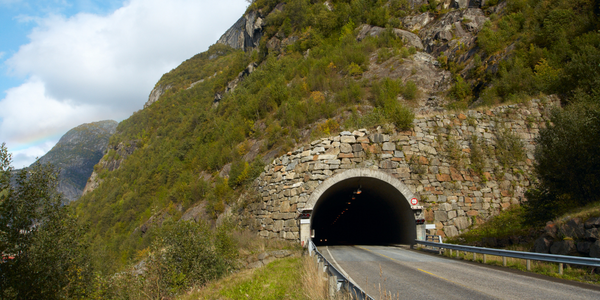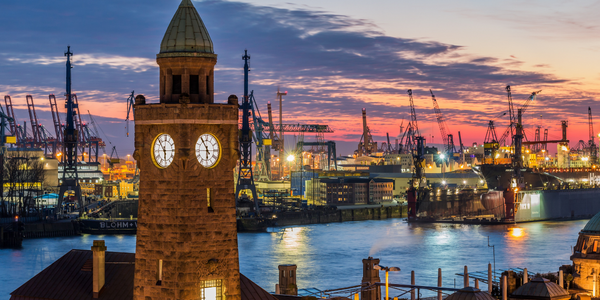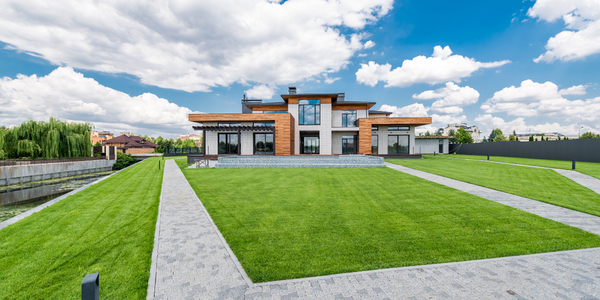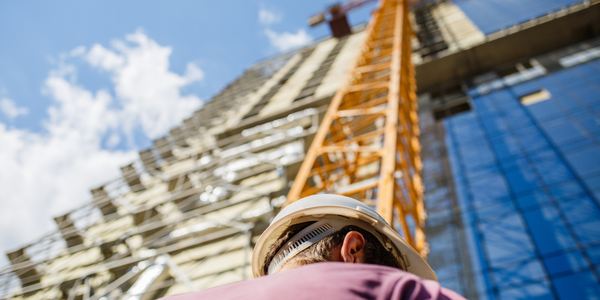Technology Category
- Analytics & Modeling - Big Data Analytics
- Application Infrastructure & Middleware - Database Management & Storage
Applicable Industries
- Cement
- Construction & Infrastructure
Applicable Functions
- Procurement
Use Cases
- Real-Time Location System (RTLS)
- Track & Trace of Assets
Services
- Hardware Design & Engineering Services
- System Integration
About The Customer
Opensee is a financial technology company that provides real-time self-service analytics solutions to financial institutions. These solutions help financial institutions turn their big data challenges into a competitive advantage by unlocking vital opportunities led by business users. Opensee, formerly known as ICA, was started by a team of financial industry and technology experts. The company is headquartered in Paris, with offices in London and New York, and works with a trusted client base across global Tier 1 banks, asset managers, hedge funds, and trading platforms.
The Challenge
Opensee, a financial technology company, was founded by a team of financial industry and technology experts who were frustrated by the lack of simple big data analytics solutions that could efficiently handle their vast amounts of data. Financial institutions have always stored large amounts of data for decision-making processes and regulatory reasons. However, since the financial crisis, regulators worldwide have significantly increased reporting requirements, insisting on longer historical ranges and deeper granularity. This has led to an exponential increase in data, forcing financial institutions to review and upgrade their infrastructure. Unfortunately, many of the storage solutions, such as data lakes built on a Hadoop stack, were too slow for at-scale analytics. Other solutions like in-memory computing solutions and query accelerators presented issues with scalability, high hardware costs, and loss of granularity. Financial institutions were thus forced into a series of compromises.
The Solution
Opensee built a solution that leverages ClickHouse, a data storage system capable of scaling horizontally with data and providing fast OLAP query response time. ClickHouse was chosen after a thorough evaluation in 2016. Opensee's platform can handle the huge volume that data lakes require and the fast response that in-memory databases can give, without the need to pre-aggregate the data. Opensee provides a series of APIs that allow users to abstract all the complexity and the physical data model. These APIs are used for data ingestion, data query, model management, etc. Opensee's back end, which provides indirect access to ClickHouse, is written in Scala, while PostgreSQL contains all the configuration and context data that must be managed transactionally. Opensee also provides various options for front ends to interact with the data, navigate through the cube, and leverage functionality like data versioning.
Operational Impact
Quantitative Benefit

Case Study missing?
Start adding your own!
Register with your work email and create a new case study profile for your business.
Related Case Studies.

Case Study
System 800xA at Indian Cement Plants
Chettinad Cement recognized that further efficiencies could be achieved in its cement manufacturing process. It looked to investing in comprehensive operational and control technologies to manage and derive productivity and energy efficiency gains from the assets on Line 2, their second plant in India.

Case Study
IoT System for Tunnel Construction
The Zenitaka Corporation ('Zenitaka') has two major business areas: its architectural business focuses on structures such as government buildings, office buildings, and commercial facilities, while its civil engineering business is targeted at structures such as tunnels, bridges and dams. Within these areas, there presented two issues that have always persisted in regard to the construction of mountain tunnels. These issues are 'improving safety" and "reducing energy consumption". Mountain tunnels construction requires a massive amount of electricity. This is because there are many kinds of electrical equipment being used day and night, including construction machinery, construction lighting, and ventilating fan. Despite this, the amount of power consumption is generally not tightly managed. In many cases, the exact amount of power consumption is only ascertained when the bill from the power company becomes available. Sometimes, corporations install demand-monitoring equipment to help curb the maximum power demanded. However, even in these cases, the devices only allow the total volume of power consumption to be ascertained, or they may issue warnings to prevent the contracted volume of power from being exceeded. In order to tackle the issue of reducing power consumption, it was first necessary to obtain an accurate breakdown of how much power was being used in each particular area. In other words, we needed to be able to visualize the amount of power being consumed. Safety, was also not being managed very rigorously. Even now, tunnel construction sites often use a 'name label' system for managing entry into the work site. Specifically, red labels with white reverse sides that bear the workers' names on both sides are displayed at the tunnel work site entrance. The workers themselves then flip the name label to the appropriate side when entering or exiting from the work site to indicate whether or not they are working inside the tunnel at any given time. If a worker forgets to flip his or her name label when entering or exiting from the tunnel, management cannot be performed effectively. In order to tackle the challenges mentioned above, Zenitaka decided to build a system that could improve the safety of tunnel construction as well as reduce the amount of power consumed. In other words, this new system would facilitate a clear picture of which workers were working in each location at the mountain tunnel construction site, as well as which processes were being carried out at those respective locations at any given time. The system would maintain the safety of all workers while also carefully controlling the electrical equipment to reduce unnecessary power consumption. Having decided on the concept, our next concern was whether there existed any kind of robust hardware that would not break down at the construction work site, that could move freely in response to changes in the working environment, and that could accurately detect workers and vehicles using radio frequency identification (RFID). Given that this system would involve many components that were new to Zenitaka, we decided to enlist the cooperation of E.I.Sol Co., Ltd. ('E.I.Sol') as our joint development partner, as they had provided us with a highly practical proposal.

Case Study
Splunk Partnership Ties Together Big Data & IoT Services
Splunk was faced with the need to meet emerging customer demands for interfacing IoT projects to its suite of services. The company required an IoT partner that would be able to easily and quickly integrate with its Splunk Enterprise platform, rather than allocating development resources and time to building out an IoT interface and application platform.

Case Study
Bridge monitoring in Hamburg Port
Kattwyk Bridge is used for both rail and road transport, and it has played an important role in the Port of Hamburg since 1973. However, the increasing pressure from traffic requires a monitoring solution. The goal of the project is to assess in real-time the bridge's status and dynamic responses to traffic and lift processes.

Case Study
Bellas Landscaping
Leading landscaping firm serving central Illinois streamlines operations with Samsara’s real-time fleet tracking solution: • 30+ vehicle fleet includes International Terrastar dump trucks and flatbeds, medium- and light-duty pickups from Ford and Chevrolet. Winter fleet includes of snow plows and salters.








